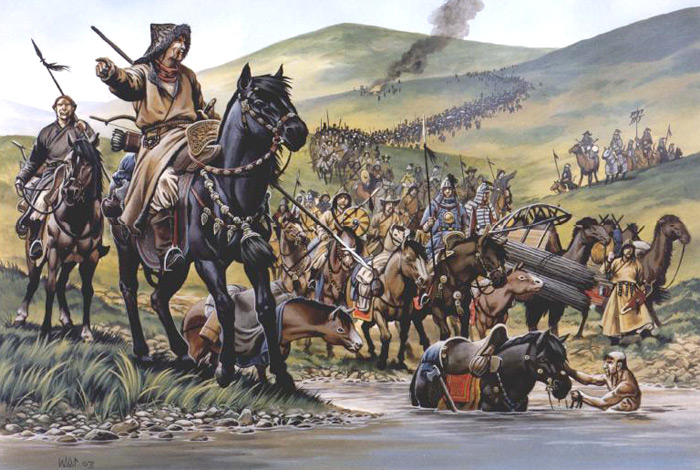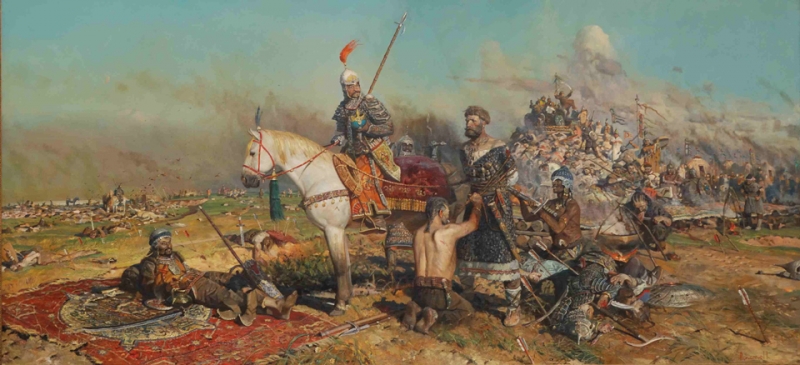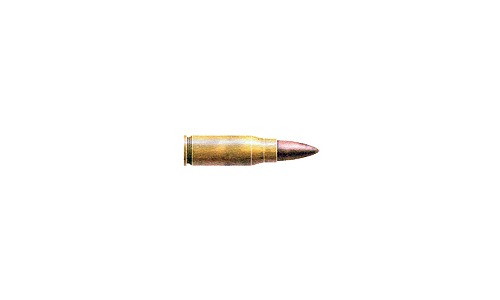
Tatar-Mongol army
disciplined, indifferent to the death, unpretentious, knit and well-organized tribes of Genghis Khan of the Mongol-Tatars, reinforced troops conquered peoples, We went through the woods and in Mordovia 1237 We were left on the Ryazan principality borders. By the time the Mongol-Tatars were conquered by the Chinese government, Central and Middle Asia, Siberia and the Urals, And South Caucasus. Half the world was defeated by an aggressive machine, Genghis Khan launched, But in terms of his heirs and descendants have entered the rest of the world. F. Engels called the Mongol troops "moving, light cavalry of the East ". Relatively arms and organizing their tumens there are detailed and largely reliable works.
Not entirely clear is the quantitative assessment of the Mongolian troops. Famous Russian historians estimate the number of "Tatar" troops, who came to Russia, at 300 and more than a thousand people. Most modern scholars more reserved about the size of the Mongol army. A Russian historian. n. Kirpichnikov says 140,000th Mongol army, and historians. AT. Kargaly also calls the "total number of Batu" in 120 – 140 thousand soldiers.
The entire North-Eastern Russia, as well as the South, He could put no more 40 – 50 thousand soldiers. In this case, neither the, any other group of States were not at that time united, often fought with each other, and their joint military actions were relatively rare.
Most researchers, considering military power of Genghis Khan, appreciated the methodical, Mongolian intelligence system work, whose main task in the first phase of a collision was to convince the opposing party in a small number and weakness of its troops, as well as with an exaggeration to talk about the power of their own troops and weapons.

asylum-, artist PV. Rizhenko, 1996
Russian in its long history had a positive experience in dealing with militant nomads: khazarami, Torquay, pechenegami, Kuman. The catastrophic failure of the Kalka, not brought the losing side of any political, no economic problems, What disturbs only the most wise and prudent. Go directly to the passive defense, "SHUTTER cities", It was clearly not in the spirit of proud Russian warriors and princes.
That is why the battle to counter the Voronezh River, opened the era of enslavement of Russia by the Mongols, it seems likely.
Ryazan princes as the lords of the border of the principality as a whole has historically been more cautious and careful in military clashes, than representatives of other Russian principalities. The Grand Duke of Ryazan Yuri I. allowed Tatar ambassadors go through their possessions to Vladimir and later sent his son Prince Fedor Yurevich to Batu "with gifts and supplications to the great". At the same time, or shortly thereafter, he sent messengers to Vladimir and Chernigov asking for help.
But Batu Khan time to think not leave. Embassy interrupted Prince Theodore, he rushed deep into the lands of Ryazan. The Grand Duke of Ryazan Yuri was forced to come forward.
Somewhere in the Voronezh River area, left tributary of the Don, maybe crossings, restraining movement tempo of mounted units, apparently, in November - early December, 1237 It was held bloody battle. In the battle involved strong Ryazan, Murom and Pronsk squads; according to the chronicle, to 3 – 4 thousands of people. "Hardly odolshe their strengths shelves Tatar", - said in "The Tale of the Destruction of Ryazan Batu".
Defeating the Russian squad, tumens Batu moved through the "Polovtsian" field and then down the river Prone, ruining Pronsk city: Pronsk, Belle, Ižeslavec. the city suffered heavy wooden walls and towers, typical for Russian cities, put forward far into a hostile steppe. The ancient city of Belle and Izheslavets after the defeat of the Mongols ceased to exist: archaeological material, found on the site Izheslavetsa, It belongs entirely to the IX - XIII centuries.
16 December 1237 the united forces of the Mongol-Tatar troops reached the approaches to the city of Ryazan.
Gabriel Tsobehiya











